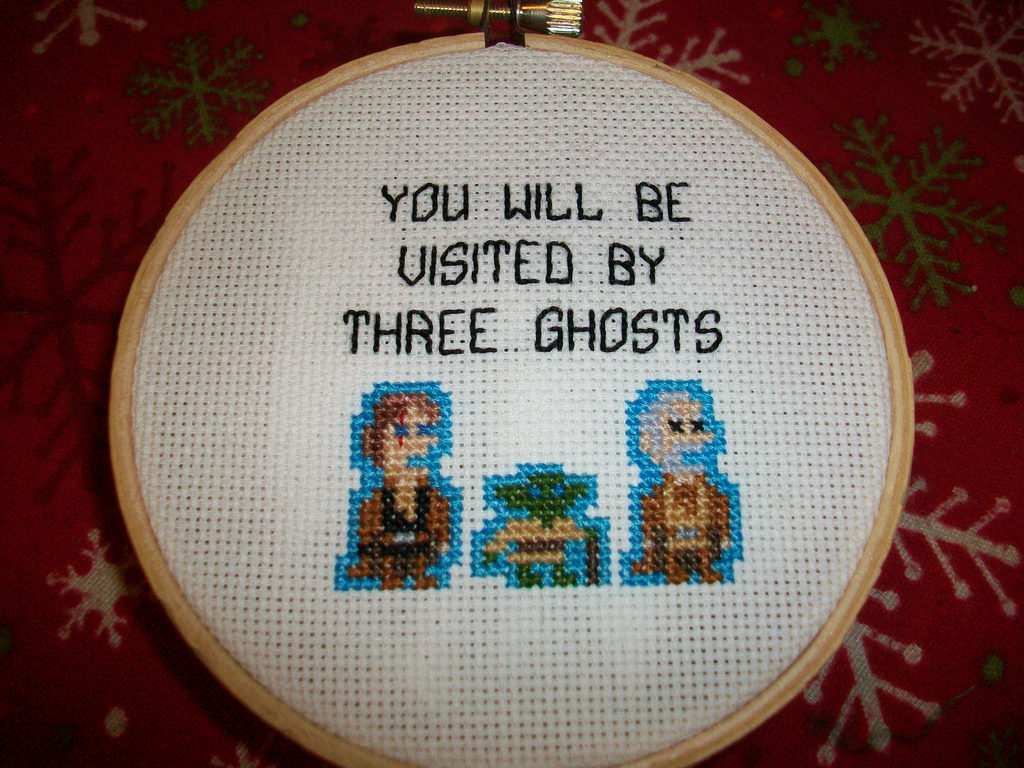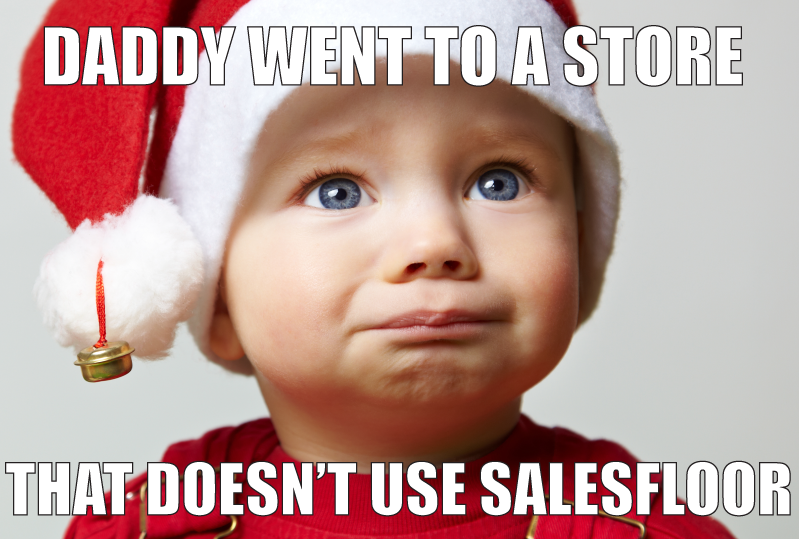Though the means of shopping may have changed radically, the emotional drivers surrounding it have not.
Think about how shopping is tied to some of our most precious milestones and memories: we spend time crafting lists for weddings; we fight our way across town in traffic to get the last of the latest trendy toys on the shelf for our children; we agonize over the possibility that someone may have beaten us to the perfect birthday present for our best friend; and this holiday season, we will search high and low to get everyone on our list the perfect present.
Buying the right gift for the right person at the right time makes us feel good. It also lets the recipient know that we understand them and what they really enjoy.
This is the heart of why retail personalization is so important. If you’ve ever received a little card or gift from a store that participates in a birthday program, you can understand the allure of a brand that goes that extra bit to make you feel special and like you have more than a transactional relationship with that company.
Retail personalization isn’t one thing. It’s a host of ways that customers and brands can interact to make sure that the needs of the buyer are being listened to and addressed by the brand.
The same reason you can take home samples from your favorite make up store is the reason this is an emerging area for retail: if a customer feels listened and catered to, they are more likely to continue shopping at a store.
Even though it seems that the landscape of shopping is moving full steam ahead to a “post bricks and mortar” approach, many smart companies are investing in personalization and bridging the online to offline experience, borrowing the best things about both to make customers happy, and keep them coming back.
Incredible in-store experiences aren’t just relegated to expensive stores or places where a lot of personal attention is a given (make up stores, lingerie, jewelry). You can have a delightful shopping experience buying plumbing tools at your local hardware store.
Using Personalization to Differentiate Experience
So, what makes a great retail experience, rather than just a good one? Here are a few key differentiators:
- Sales associates understanding what makes the customer or the gift recipient tick
- Associates teams addressing the needs of the customer and working to any constraints like budget or time
- Associates building a relationship and trust with the customer
These elements are important to keep choosy customers, who can always price match from their pajamas at home, in the retail experience and purchasing from a specific retailer and building loyalty instead of just adding something quickly to a shopping cart online.
The future of retail is using digital tools to help augment, not replace, brand experiences.
Personalization Ghosts of Holiday Past

[credit: whateverjames on flickr https://www.flickr.com/photos/whateverjamesinstitches/6536829253/]
Up until recently, the pure e-commerce sector hadn’t really solved the problem of personalization. Targeted email marketing is not a real substitute for personal attention and care when selecting an item, especially if the retailer is sending “Father’s Day” emails to a person who really needs to buy something for someone else.
The best solution that pure e-commerce has built to address the “personal touch” problem is recommendation engines. There are many reasons these don’t come close to the personal attention of a shopping assistant:
- An algorithm can’t distinguish between an item you buy for yourself or for another person, leaving you with suggestions which might not be appropriate
- For some stores which sell everything under the sun, they can’t distinguish between your purchase of laundry detergent and your purchase of a wedding present by priority
- If an item you truly want is sold out, the recommendations can sometimes be very far off the mark
- An algorithm can’t glean why you bought a gift, which can be embarrassing or painful to you when you are suggested something you previously purchased.
There are many more reasons why a simple recommendation engine doesn’t work, but they all come back to the same basic issue: there is no human intelligence in the process.
Putting humans into the mix is essential for brands to deliver that personal touch and a feeling on the end of the customer that they are being heard and that they are making the best informed choice.
Price isn’t the only factor when people buy for themselves or others. Sometimes, people are searching for a way to purchase a gift that says more about their relationship with the recipient than just “I had $100 dollars to spend on you, and this sweater seemed nice.”
A great example comes from Saks Fifth Avenue. Saks’ sales team are empowered to reach out to valued clients and send them customized lookbooks in order to keep them interested in shopping with them, but also to build unique relationships with a few sales team members. The deeper the relationship, the more likely a customer is to return and spend money with a particular salesperson, and that particular store.
Sales teams can also answer questions through Salesfloor to ensure that a customer is properly informed and can feel good about the purchase they’re making.
Personalization Ghosts of Holiday Future

What’s next for retail personalization? The more sales teams and customers contribute data, the better predictive systems will work.
Look out for ways to connect with customers during times when they haven’t shopped in a while and enticing them with proactive suggestions related to their own purchasing and their purchasing habits for others, complete with customized visuals and copy that really add a personal touch and help eliminate the agonizing thought process some gifts elicit from customers. This might mean suggesting buying a gift for your mother, whose birthday is in June in March, because the item is in stock and at the right price point, and your sales associate has alerted you to the great deal.
The advantages of this system are obvious for retailers: regular, repeatable sales frequency, even when deep discounts aren’t being offered. Higher overall margins. Increased foot traffic, leading to larger per order spend and increase in word of mouth due to satisfying retail experiences.
While technology won’t replace human sales teams in the next year, it will continue to empower sales teams and customers alike to build strong connections and build brand trust and loyalty, which benefit both brand and customer ultimately.
We look forward to what’s next in 2017.
